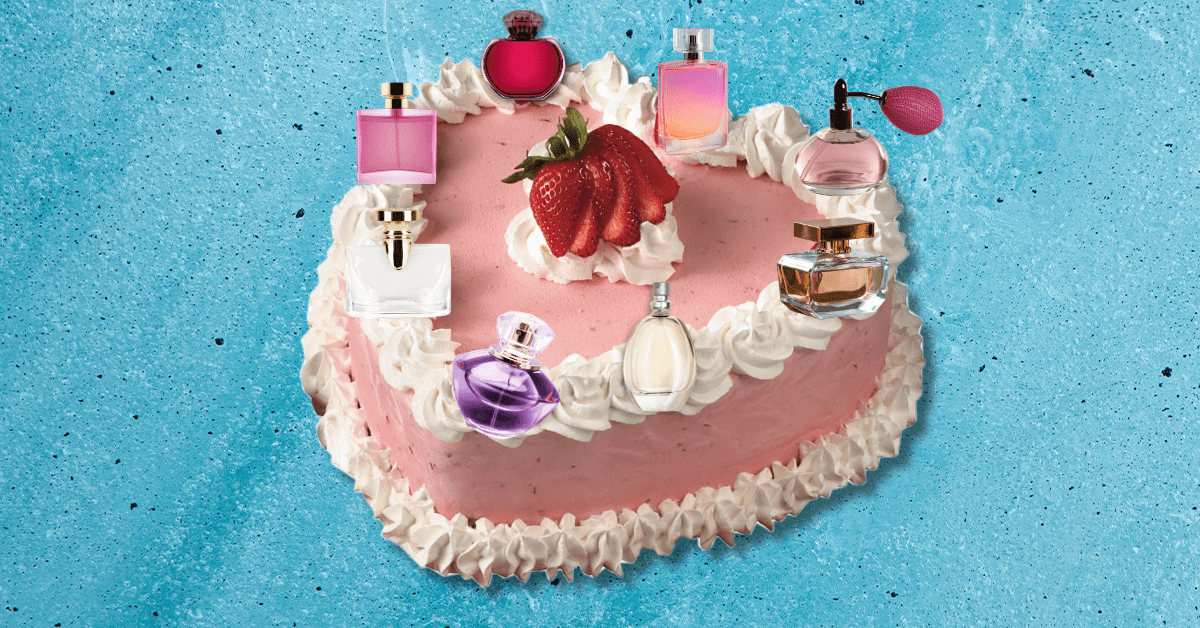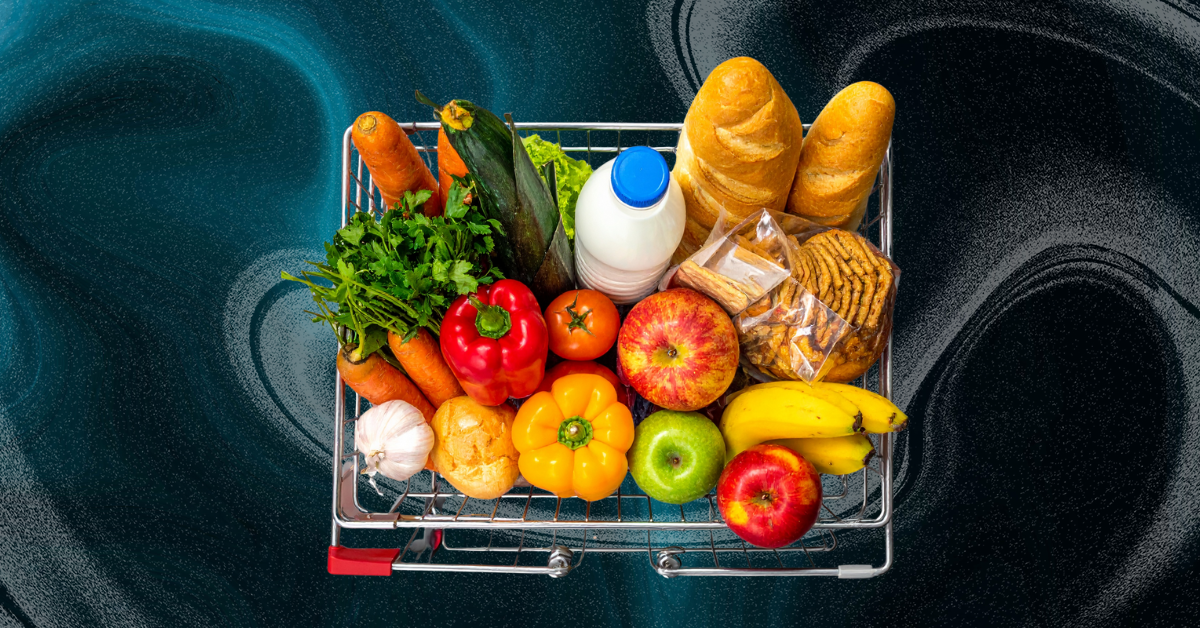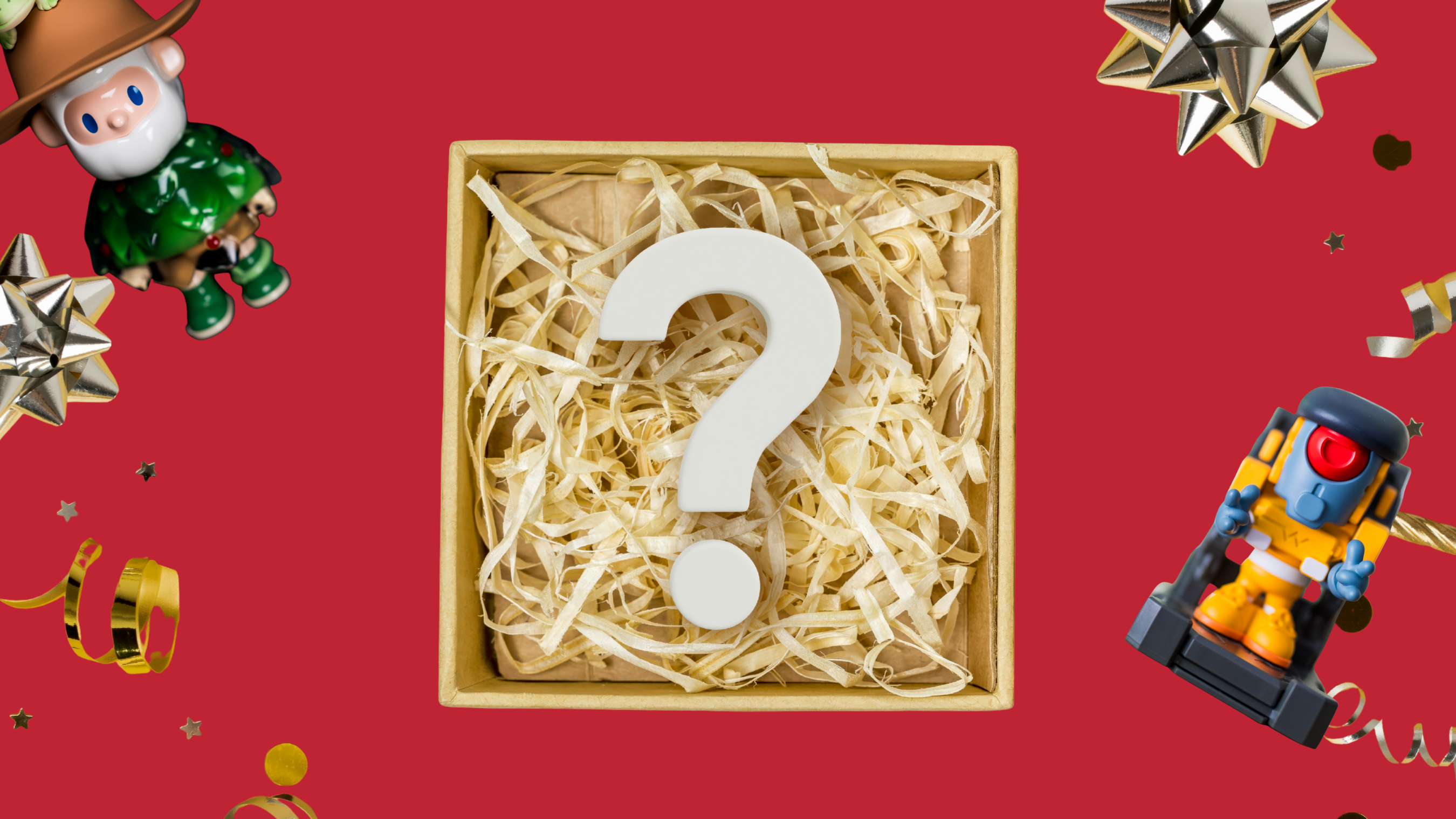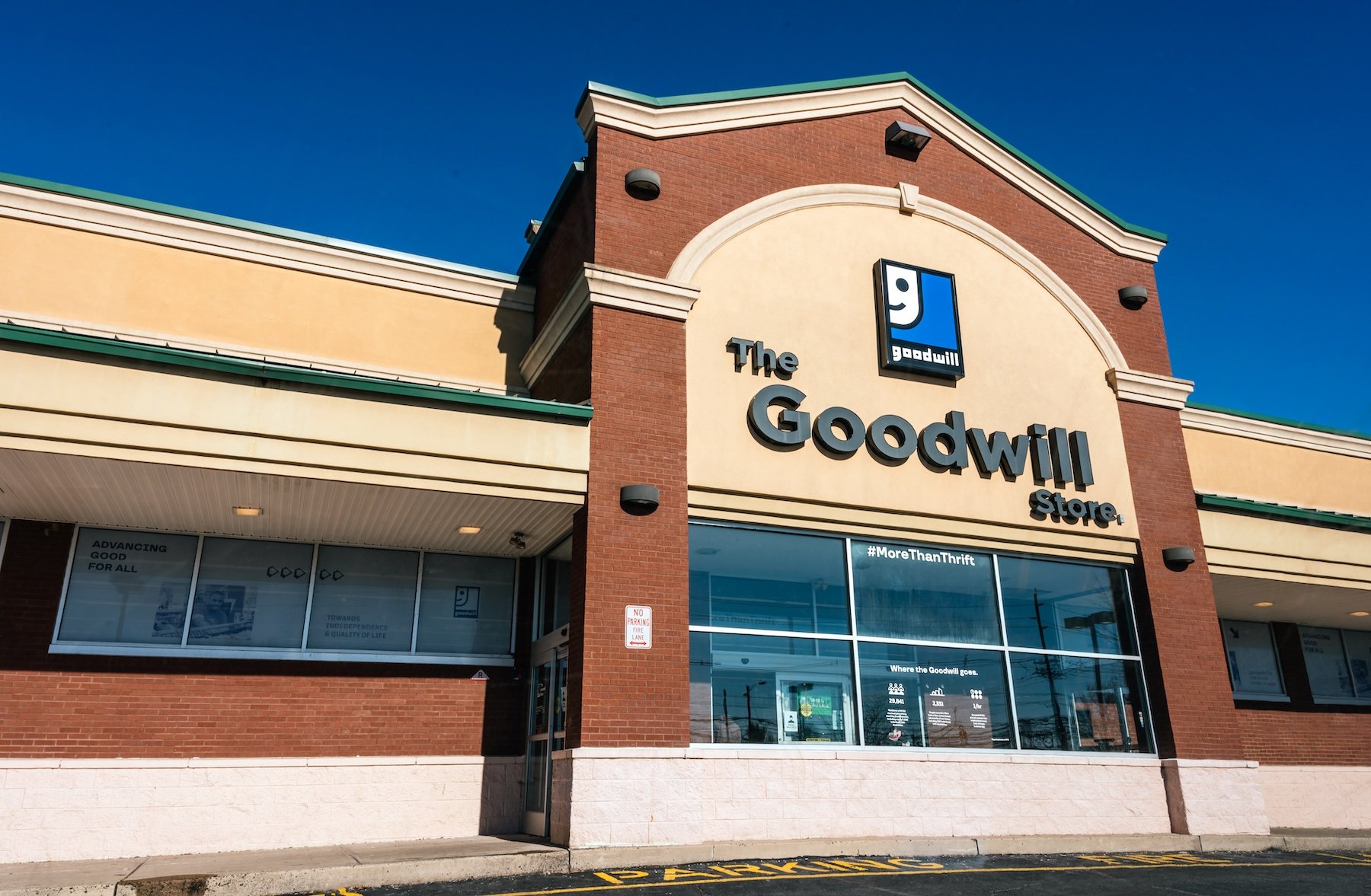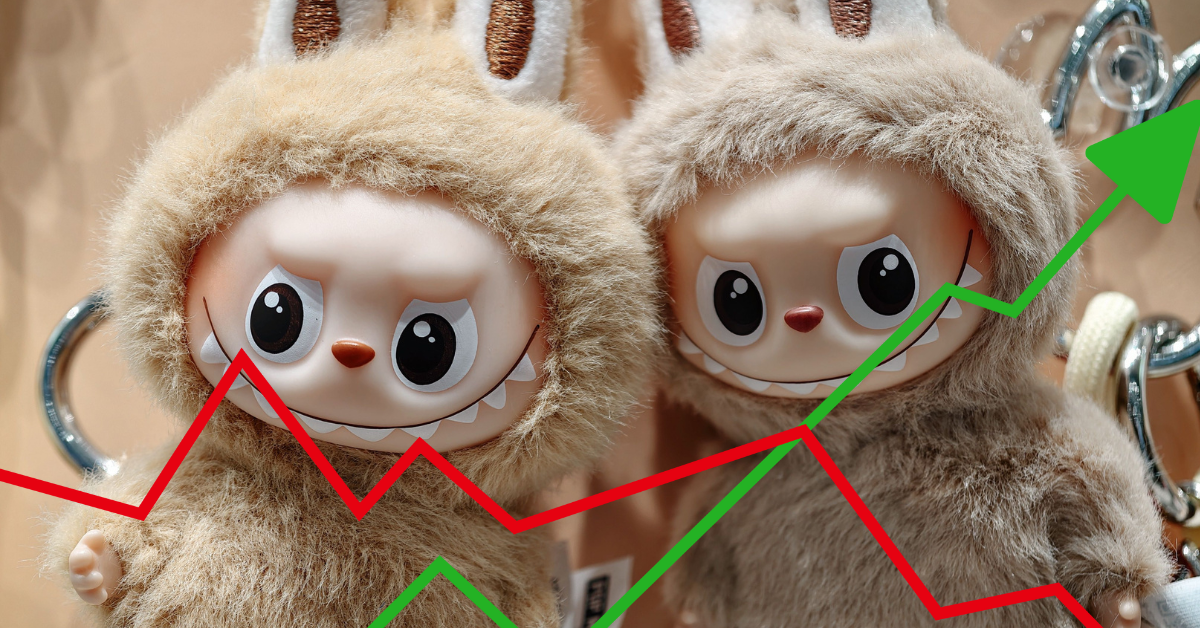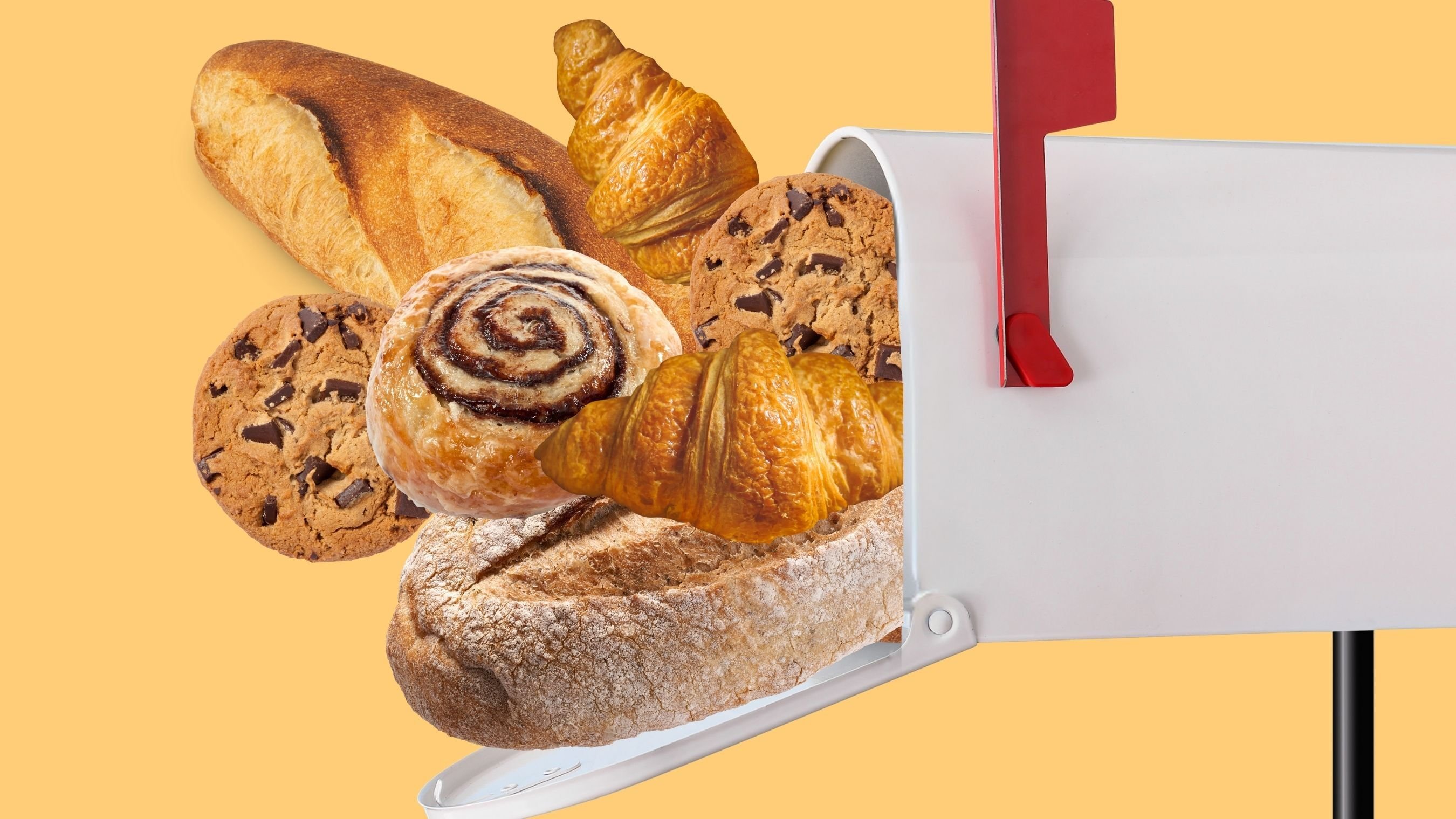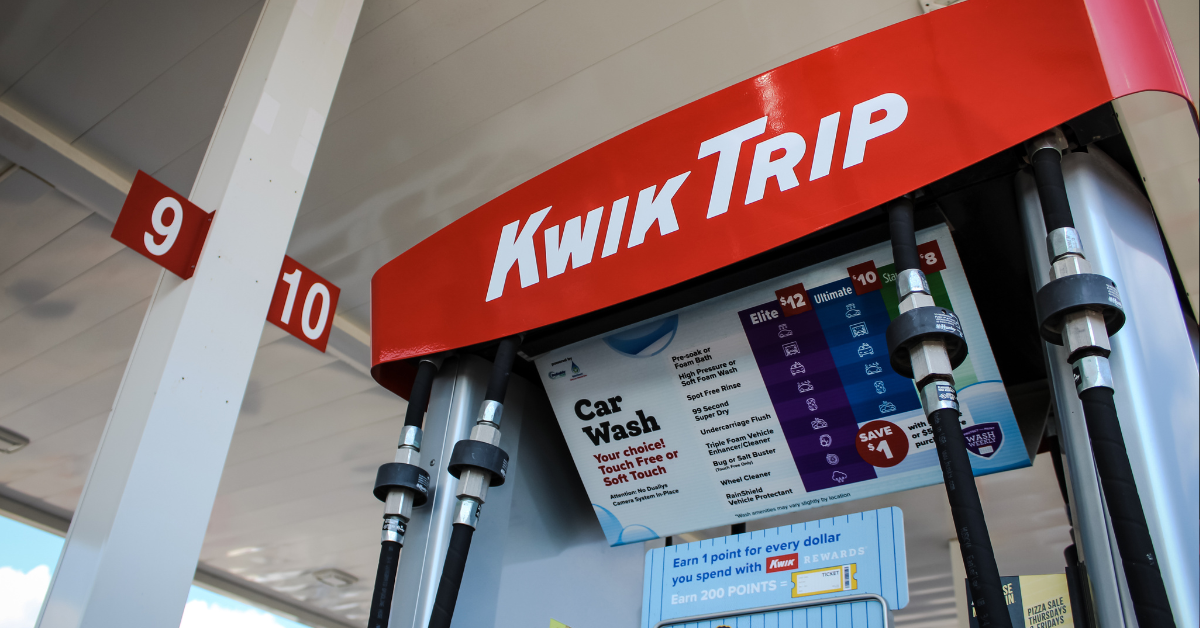Let’s get the grossest part out of the way: Eel guts. Lobster viscera. Salmon blood.

…OK, it’s safe now. (And by the way, if you think reading those words sucked, just imagine smelling them.)
The problem we’re talking about here is a simple one: Experts project anywhere from 25% up to a whole half of all harvested seafood in the US winds up in dumpsters. (The UN estimate for the global seafood supply: 35% wasted.)
- Large-scale operations — e.g. food manufacturers cutting off the most valuable parts and binning the rest — bear responsibility, but that time you only ate half of your halibut counts too.
The scale of the issue
In the US alone, commercial fisheries brought 8.6B+ pounds of seafood to port, worth $6.5B, as of 2021. That’s a ton o’ tuna — and the best-case scenario may be losing one-fourth of it.
So, what can be done? In Maine — a valuable seafood market responsible for 82% of US lobsters — some enterprising startups are looking to convert that waste into value, per Portland Press-Herald:
- Maine Garum Co. is upending fish sauce production by using discarded eel parts.
- Coast of Maine Organic Products makes garden products with lobster, crab, salmon, and seaweed leftovers.
- Everything Seaweed hopes to turn residual seaweed into nanofibers that’d replace chemical coatings used in nonstick kitchenware.
- Salmonics, a biotech company, is researching regenerative medicine and pain treatment applications for the planet’s millions of wasted liters of salmon blood. (Yes, really.)
This shouldn’t be a hard pitch
Producing waste isn’t necessarily losing the seafood industry money today, but finding secondary usages for their scraps could offer additional revenue streams.
Bristol Seafood, which told the Press-Herald it’s been marine-waste-free for two years, models that potential monetization: its fish remnants are ground up into pet food, its fish bones turned into fertilizer, and its leftover scales add shimmer to lipsticks and nail polishes.
Another part of the equation: Grocery store lighting, oddly enough. Most seafood has a short shelf life, with US grocers trashing 55m+ pounds of fish annually. Finding the right lighting can extend freshness — and dampen unappetizing fishy smells enough to increase sales.
Ecommerce And Retail



